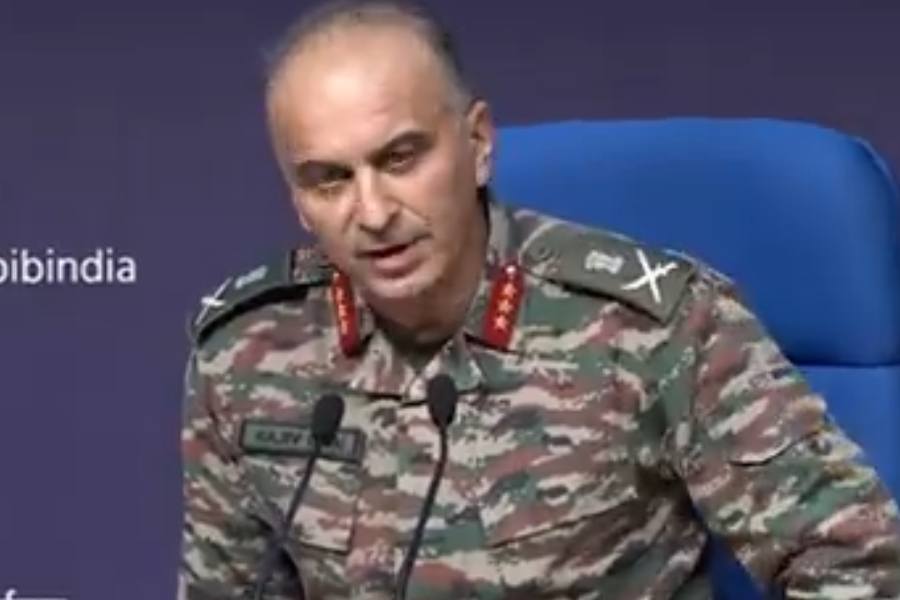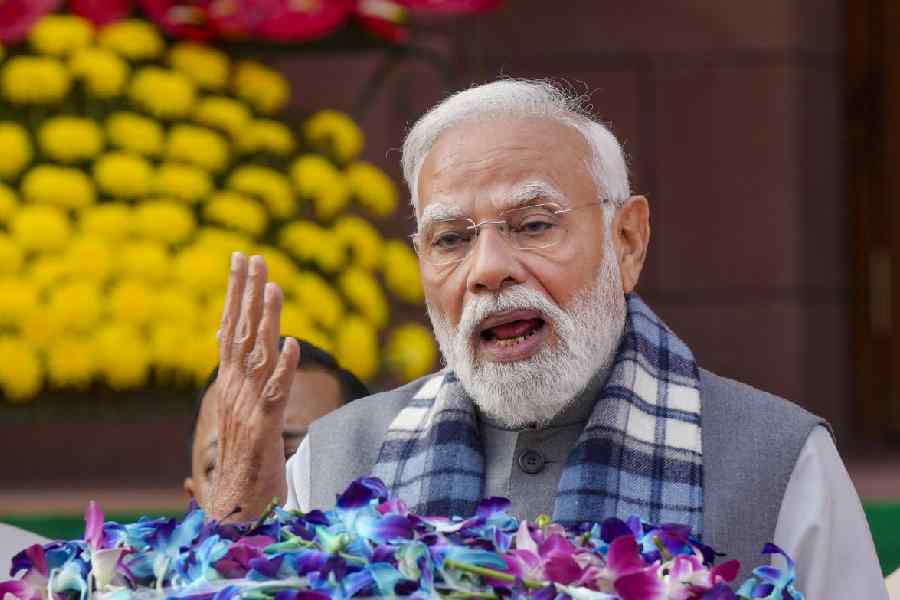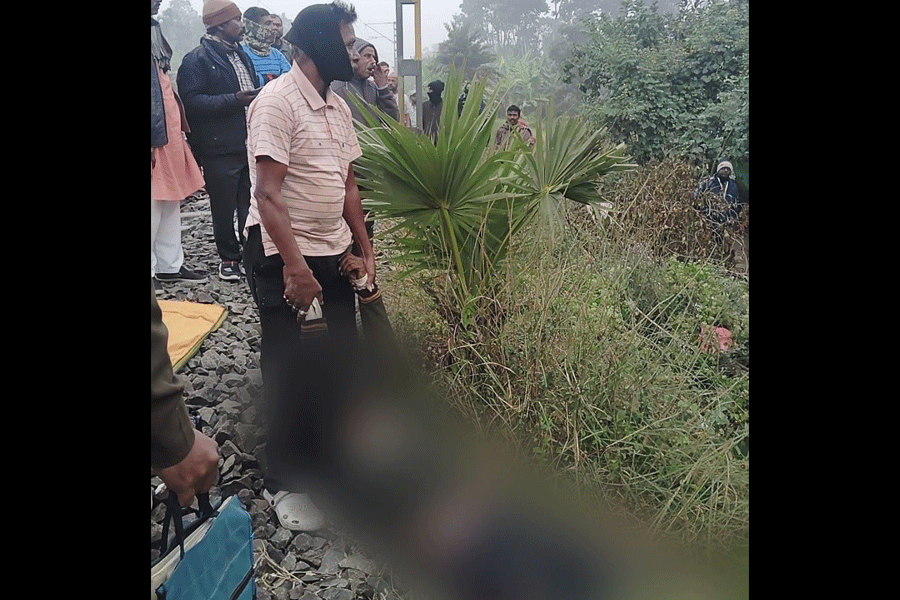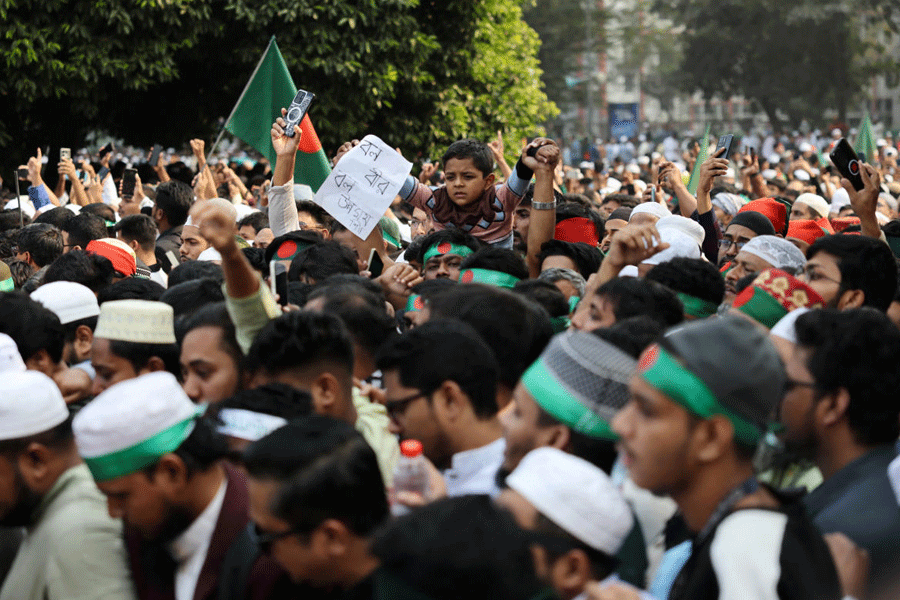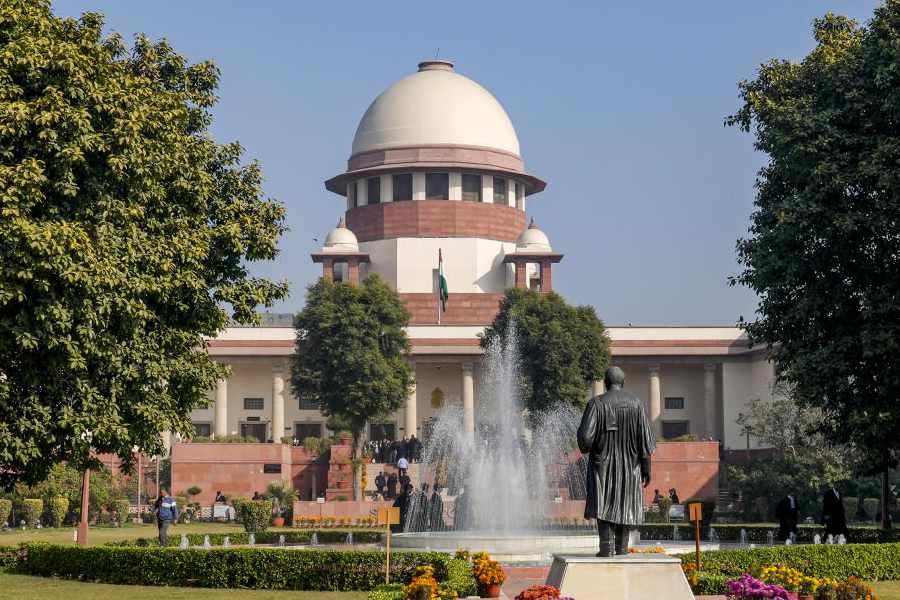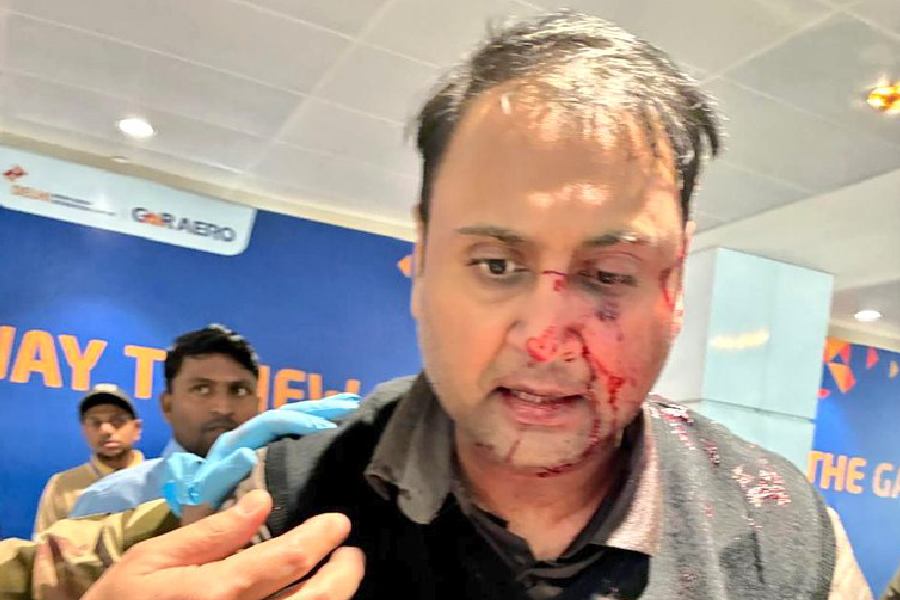The Indian Army has successfully executed Operation Sindoor, targeting nine terror camps in Pakistan and Pakistan-Occupied Kashmir (PoK) on May 7, resulting in the deaths of over 100 terrorists, senior military officials confirmed in a press briefing on Thursday.
Lieutenant General Rajiv Ghai, addressing the media alongside Air Marshal Awadhesh Kumar Bharti, Vice Admiral AN Pramod, and Major General Sandeep S Sharda, stated, "Operation Sindoor was a carefully planned mission aimed at targeting terrorist infrastructure while minimizing collateral damage. Our aim was to send a clear message: we will not tolerate terrorism, and we will strike at the heart of terror networks."
General Ghai further revealed that intelligence gathered from multiple sources led to the identification of nine key terror hubs, many of which were tied to notorious terror outfits. "The decision to target these nine camps was based on precise intelligence, and these camps were confirmed to house terrorists involved in previous attacks," he explained.
The operation was designed to hit high-value targets, with over 100 terrorists, including key figures involved in significant terror operations, being neutralized. "Among those killed were individuals linked to infamous terrorist attacks, including the 1999 IC814 hijacking and the Pulwama attack," Ghai said.
In a notable exchange, Air Marshal Awadhesh Kumar Bharti added, "On the first night of the operation, Pakistan launched a drone swarm. Our air defence systems intercepted most of them successfully. We also launched a counterattack, destroying a radar installation in Lahore."
"On the night of 8th and 9th, starting as early as 22:30 hours, our cities had a mass raid of drones, unmanned aerial vehicles, starting right from Srinagar going right up to Naliya. In a measured and calibrated response, we once again targeted the military installations, surveillance radar sites at Lahore and Gujranwala. Drone attacks continued till morning which we countered. While the drone attacks were being launched from somewhere closer to Lahore, the enemy had allowed their civilian aircraft also to continue to fly out of Lahore, not only their own aircrafts but also international passenger aircraft which is quite insensitive and we had to exercise extreme caution," Bharti said.
The strikes are seen as part of India’s ongoing efforts to curb cross-border terrorism, with a firm resolve to safeguard national security. "This operation demonstrates India’s unwavering commitment to defending its sovereignty and targeting those who spread terror," General Ghai said.
Following the success of Operation Sindoor, which saw the Indian Army target nine terror camps in Pakistan and PoK, escalating tensions along the Line of Control (LoC) have led to further military engagements.
The Pakistan Army has reportedly lost 35 to 40 personnel between May 7 and 10, as confirmed by India’s Director General of Military Operations (DGMO), Lieutenant General Rajiv Ghai, during the briefing.
“Between May 7 and 10, we have confirmed that Pakistan has suffered significant casualties with 35 to 40 personnel lost due to our retaliatory actions and ongoing engagements,” General Ghai revealed. The intense clashes were the result of continued provocations from Pakistan, including violations of the LoC and drone incursions into Indian airspace.
Air Marshal AK Bharti further elaborated on the situation, showing detailed missile impact videos from the Muridke and Bahwalpur terror camps, which were successfully targeted during the May 7 strikes. The videos demonstrated the precision of the Indian Air Force's strikes, effectively neutralising key terror infrastructure.
"On the night of 9-10 May, Pakistan attempted to fly drones and aircraft across our borders, targeting various military installations,” said Air Marshal Bharti.
“However, most of these attempts were unsuccessful, and our air defence systems intercepted the threats. This was followed by renewed violations of the LoC by Pakistan, which escalated into fierce artillery engagements.”
General Ghai added, “The violations by Pakistan on the LoC precipitated into intense artillery clashes. Our forces have responded robustly, and the situation remains under close monitoring.”
In what was hoped to be a breakthrough moment, India and Pakistan had agreed to a temporary cessation of hostilities following a hotline conversation between the two DGMOs on May 10.
“My communication with the Pak DGMO was conducted at 15:35 hrs yesterday and resulted in cessation of cross-border firing and air intrusions by either side with effect from 17:00 hrs, 10th of May, after he proposed that we cease hostilities,” said Lieutenant General Rajiv Ghai.
The two sides had also scheduled a follow-up conversation for May 12 to explore ways to extend the arrangement. However, that understanding was short-lived.
“Disappointingly, expectedly it took only a couple of hours for Pakistan Army to violate these arrangements by cross-border and across Line of Control firing followed by drone intrusions through last night and in the early hours of today,” the DGMO added.
He confirmed that these fresh violations were “responded to robustly” and that India had sent another hotline message to its Pakistani counterpart, “highlighting these violations… and our firm and clear intent to respond to these fiercely if repeated tonight, subsequently or later”.
He added, “The Chief of Army Staff has granted full authority to our army commander for counteraction in case of any violation by Pakistan.”
On the air front, Air Marshal AK Bharti detailed a major retaliatory operation by the Indian Air Force.
“A decision was taken to strike where it would hurt and towards that in a swift, coordinated, calibrated attack, we struck its air bases, command centers, military infrastructure, air defence systems across the entire Western Front,” Bharti said.
Among the bases targeted were Chaklala, Rafiq, Rahim Yar Khan, Sargodha, Bhulari and Jacobabad. “We have the capability to target every system at these bases and more,” he added.
Responding to queries on whether the Indian Air Force had suffered any losses during its operations this week, Air Marshal AK Bharti said, “Losses are a part of combat,” but added that “all our pilots are back home,” without elaborating further.
Bharti also disclosed that Pakistan had launched a coordinated aerial assault on the night of May 8.
“Commencing about 8 PM local time... several Pakistani unmanned aerial systems, drones, combat vehicles attacked multiple IAF bases. These included Jammu, Udhampur, Pathankot, Amritsar, Bathinda, Dalhousie, Jaisalmer... these were almost simultaneous and came in waves,” he said.
“All these waves were neutralised by our trained crew using air defence systems and also some legacy systems like Pechora and IAF SAMAR. There was no damage on ground from these incursions.”
This renewed flare-up has once again put the spotlight on the fragile ceasefire understanding and the Indian military’s preparedness across the LoC and Western front.

